RetroFoam vs Traditional Insulation: A Comparative Guide
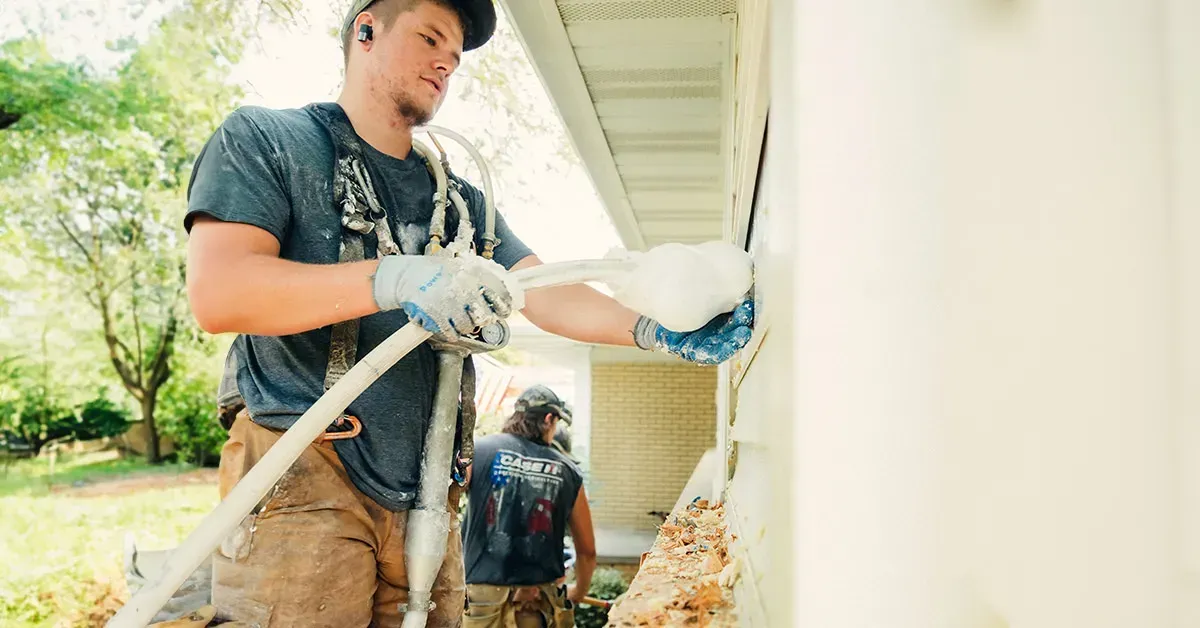
When homeowners in Wisconsin look at their walls, insulation might not come to mind until winter’s chill arrives. Just as a sweater keeps you warm, the right insulation is key for a cozy, energy-efficient home. RetroFoam offers a modern alternative to traditional methods, providing a unique approach with specialized foam. This option differs significantly in installation and long-term benefits, making it essential to explore how each method impacts comfort and efficiency in your home. This article will provide a clear understanding of how RetroFoam stacks up against its conventional counterparts.
Key Takeaways
- RetroFoam Insulation Offers a Seamless, Airtight Barrier That Enhances Energy Efficiency and Reduces Noise
- Traditional Insulation Requires Precise Installation but Can Settle Over Time, Reducing Effectiveness
- RetroFoam Can Be Costly and Difficult to Adjust Post-Installation Compared to Traditional Options
- Both RetroFoam and Traditional Insulation Have Specific R-Values; Higher Values Mean Better Thermal Resistance
- Maintenance and Durability Vary; RetroFoam Is Low-Maintenance, while Traditional Insulation May Need Periodic Checks
Understanding the Basics of RetroFoam and Traditional Insulation
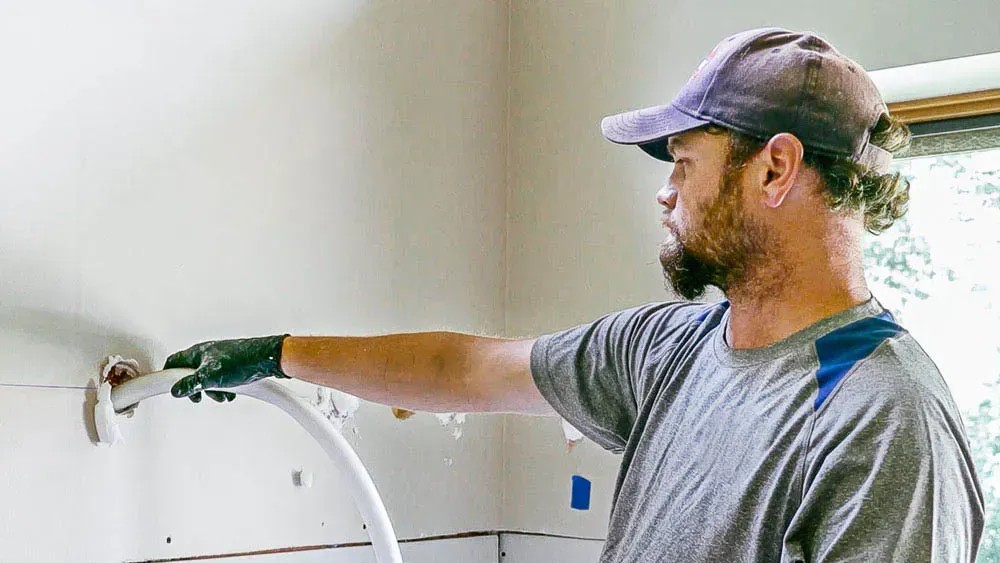
RetroFoam is a specialized insulation material known for its effectiveness in sealing nooks and reducing airflow. It can significantly impact heating and cooling costs, appealing to homeowners focused on comfort and savings. In contrast, traditional insulation materials like fiberglass and rock wool vary in installation methods and effectiveness, each suited to different areas of a home and affecting acoustics and odors. Exploring these options highlights their roles in building performance and energy use.
Defining RetroFoam Insulation
RetroFoam insulation is a tripolymer-based resin that is mixed with a foaming agent and water to create the insulation. When injected into walls, this foam expands to fill gaps and cracks. Unlike traditional fiber-based insulations, this material quickly transforms into a solid, cohesive barrier that insulates and ensures that no valuable energy seeps out of the home. Additionally, RetroFoam enhances sound dampening, reduces allergens and pollutants, and improves overall indoor air quality. Its quick installation process causes minimal disruption to the household while providing long-lasting thermal protection and energy savings. This makes RetroFoam an excellent choice for modern insulation needs.
Exploring Types of Traditional Insulation
Traditional insulation options include fiberglass batts, which fit snugly between wall studs and rafters, and rigid foam, which is preferred for areas exposed to moisture, such as concrete blocks or brick structures, due to its water resistance, preventing dampness and mold. Various traditional insulation types cater to different building needs and are chosen based on environmental factors and construction contexts. This selection process requires precision and informed decision-making.
Pros and Cons of RetroFoam Insulation
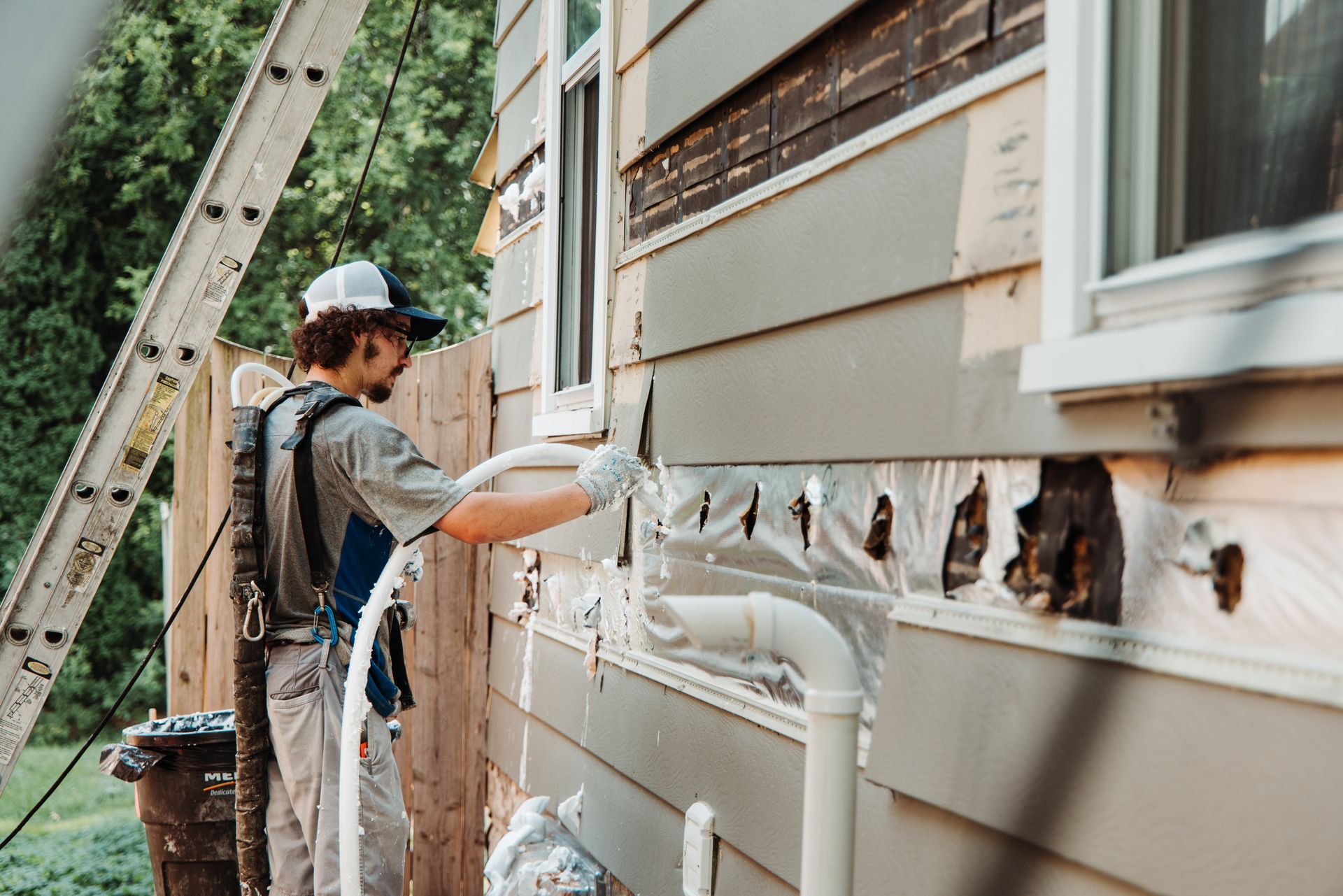
RetroFoam insulation offers significant advantages, especially as an effective air barrier. It enhances energy efficiency by creating a more airtight space, which is crucial for optimizing temperature control throughout the home. Its density also provides sound dampening, making homes quieter and more serene. RetroFoam is increasingly popular, providing comfort and protection similar to a dense layer beneath a roof. While the initial investment can be higher than some traditional insulation options, this advanced insulation solution offers long-term energy savings and improved indoor air quality, making it a valuable consideration for homeowners.
Advantages of Choosing RetroFoam
One of the key advantages of RetroFoam is its minimal interaction with dust and allergens. Unlike fiberglass insulation, which can release particles during installation or over time, RetroFoam’s solid structure prevents this. Additionally, RetroFoam avoids the messiness of plaster and loose-fill insulations and doesn’t crumble like foam board (polystyrene) options.
Potential Drawbacks of RetroFoam
Despite the advantages, RetroFoam insulation isn’t immune to criticism. One concern often raised is its resemblance to “shaving cream” during application, which requires skill to ensure even distribution within the wall cavities. If not injected properly, it can lead to uneven insulation or, worse, compromise indoor air quality if the material obstructs proper ventilation. Additionally, RetroFoam’s installation is less forgiving than traditional insulation, as errors may necessitate the removal of interior drywall or exterior mortar to correct faults, increasing the cost and complexity of the task.
Pros and Cons of Traditional Insulation Methods
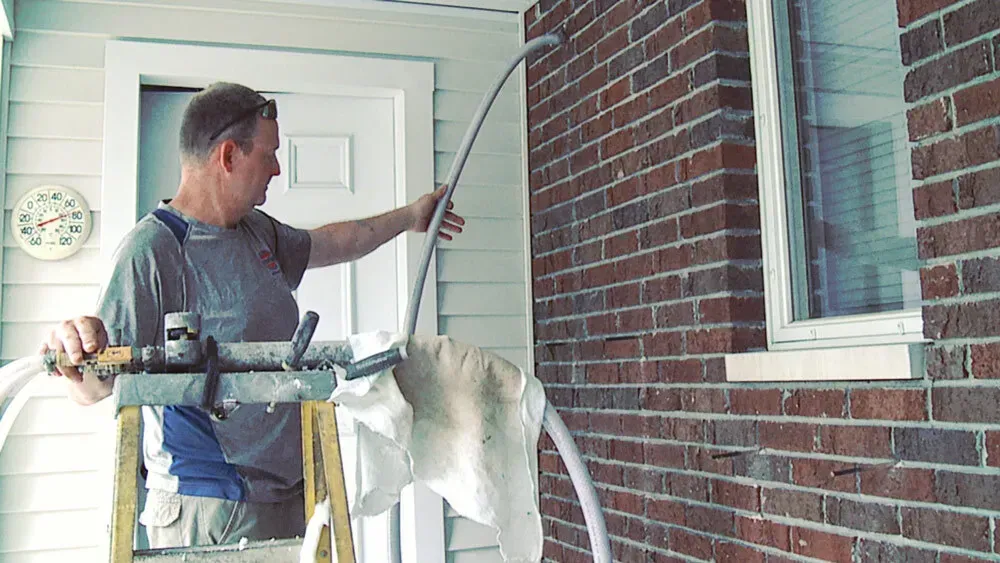
Traditional insulation materials are essential in home improvement, offering benefits in energy conservation and cost-effectiveness. These materials, including fiberglass and rock wool, have a proven track record in reducing energy leakage and improving indoor climate control. However, their effectiveness can vary, revealing limitations in durability, installation challenges, and potential health impacts. Homeowners must balance the advantages and constraints of these materials, exploring their roles in maintaining cozy, energy-efficient homes.
Benefits of Traditional Insulation Materials
Choosing traditional insulation materials is often seen as a smart investment for homeowners aiming to conserve energy and save money long-term. Fiberglass and rock wool are known for their durability and effectiveness in minimizing heat loss in winter and maintaining cool air in summer, especially in areas like older homes. Additionally, mold-resistant batts provide extra protection in damp-prone areas, ensuring a dry and efficient barrier against the elements.
Limitations of Traditional Insulation Options
Every insulation option has its limitations, and traditional materials are no exception. Fiberglass, while popular, can slump over time, leading to gaps where heat escapes. Homeowners often search for installation guides to understand the complexity and cost of retrofitting their homes with these materials. Considering these factors when choosing traditional insulation methods is important, as they can impact thermal efficiency and durability.
Comparing R-Values: RetroFoam vs Traditional Insulation
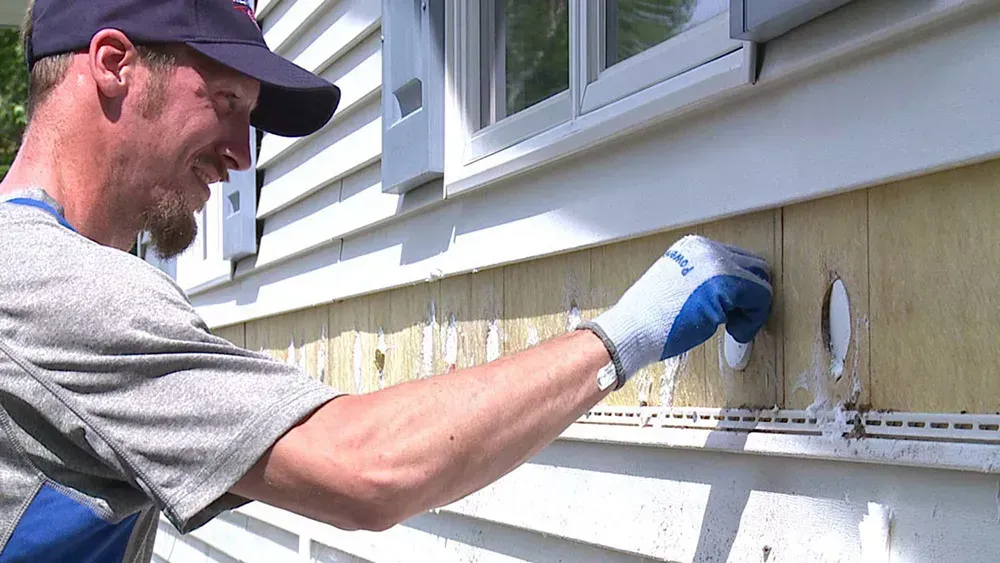
Understanding R-value is crucial for homeowners choosing between RetroFoam and traditional insulation. This measures resistance to heat flow—the higher the R-value, the more effective the insulation. Comparing the R-values of various insulation types, including high-performing RetroFoam and other options, reveals their impact on energy efficiency and comfort. While these technical details may seem daunting, understanding them is essential for selecting the right insulation for a home.
What Is R-Value and Why It Matters
The R-value is an important measure in the insulation industry. It quantifies the thermal resistance of insulation materials, meaning it measures how well a specific thickness of material can resist heat flow. Homeowners often refer to FAQs to understand the significance of this value when insulating spaces such as walls and fitting insulation between studs. A higher R-value per inch indicates greater insulating power, which is essential for maintaining energy efficiency and comfort within a home.
R-Value Comparison Across Insulation Types
When considering insulation options, paying attention to the R-value, which measures efficiency, is important. Traditional fiberglass batts, available in different R-values based on density and thickness, are commonly used in construction for their thermal resistance. However, they can be prone to issues like mildew if they get wet. On the other hand, RetroFoam has a higher R-value per inch due to its dense cell structure and tri-polymer-based composition. This type of insulation provides excellent thermal protection and is also resistant to fire and mildew, making it a safer and more secure choice for insulating the walls of a home.
Ease of Installation: RetroFoam vs Traditional Insulation
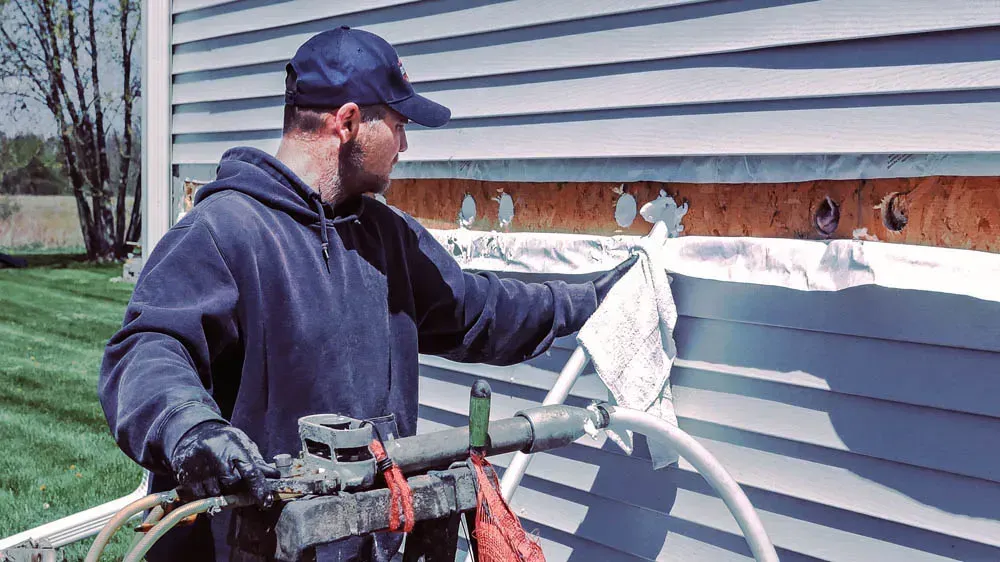
Choosing the right insulation system involves more than just comparing R-values; ease of installation is also crucial. Homeowners considering RetroFoam benefit from a streamlined process, as it is injected into existing walls, making it ideal for renovations in homes with stucco exteriors or wood frames. Unlike traditional insulation, which requires precise fitting to prevent heat transfer, RetroFoam provides an efficient solution for enhancing energy conservation. In places like northern Wisconsin, where weather extremes challenge insulation durability, understanding the installation complexities of different insulation types helps homeowners optimize their home’s thermal efficiency. For the best results, it’s essential to have RetroFoam installed by professionals like those at Mammoth Home Renovations.
Installation Process for RetroFoam
The installation process for RetroFoam stands out for its straightforward nature. Upon injection, the foam’s increasing density allows it to fill wall cavities thoroughly, thus minimizing issues like condensation that can occur with less cohesive insulations. This streamlined procedure ensures a strong seal against air leakage and makes RetroFoam a reliable choice for those looking to upgrade their home’s insulation without extensive renovations.
Installation Challenges With Traditional Insulation
When it comes to traditional insulation, homeowners must navigate a variety of challenges, such as ensuring precise cutting and fitting of materials like fiberglass to maintain the insulation’s effectiveness. Achieving the full insulation potential often entails meticulous labor, particularly in older homes where wall cavities and spaces may not conform to standard sizes, necessitating custom solutions that can elevate both the complexity and the duration of the project.
Long-Term Performance and Maintenance
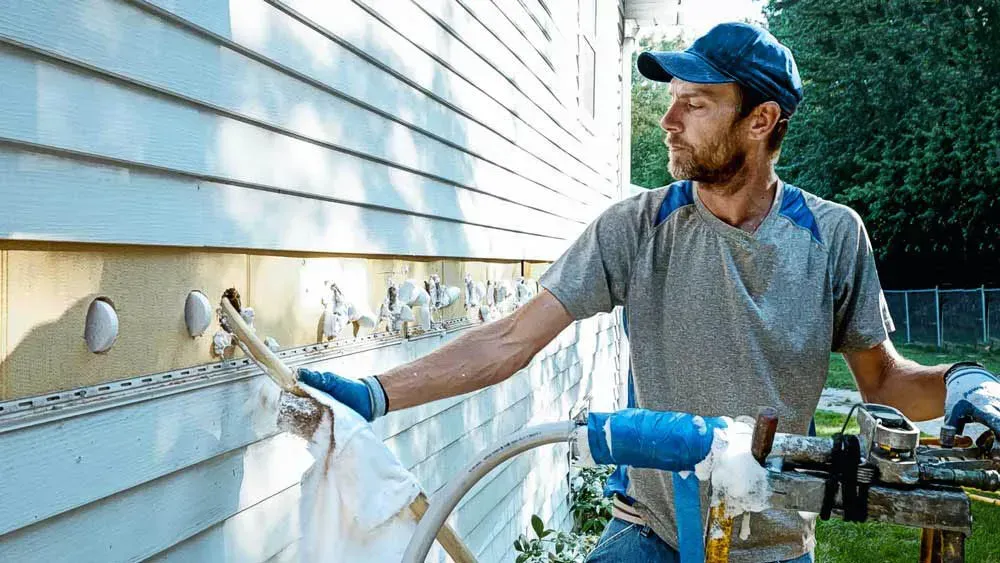
Durability and maintenance are crucial when homeowners consider RetroFoam or traditional insulation. RetroFoam offers an innovative solution with its strong seal and longevity, while traditional insulation has a proven track record. These choices impact long-term energy efficiency and structural integrity. Therefore, examining the durability of RetroFoam and the maintenance demands of traditional insulation materials is essential for homeowners seeking a sustainable and cost-effective investment in home comfort and stability.
Durability and Lifespan of RetroFoam
RetroFoam is highly durable and can last a home’s lifetime without settling or degrading. This ensures that its insulating properties remain consistent over the years. Its robustness means homeowners don’t need to worry about frequent check-ups or updates to their insulation, making it a hassle-free and long-lasting choice.
Maintaining Traditional Insulation Over Time
Over time, it’s important to monitor traditional insulation like fiberglass for signs of compression or moisture buildup, as these issues can reduce its effectiveness. Homeowners should regularly check these materials for any changes that could affect their performance and make any necessary adjustments or replacements to maintain their home’s thermal integrity.
Conclusion
In the search for the best home insulation, RetroFoam stands out due to its effective air-sealing and high R-value, which promise improved energy efficiency and sound dampening. On the other hand, traditional insulation offers versatility and a track record of reliable performance, especially in different environments and structural layouts. Homeowners must weigh the long-term durability and ease of installation of RetroFoam against the diversity and potential cost-effectiveness of traditional materials. Ultimately, the decision depends on a balance of immediate needs, environmental considerations, and a vision for future maintenance and energy savings.



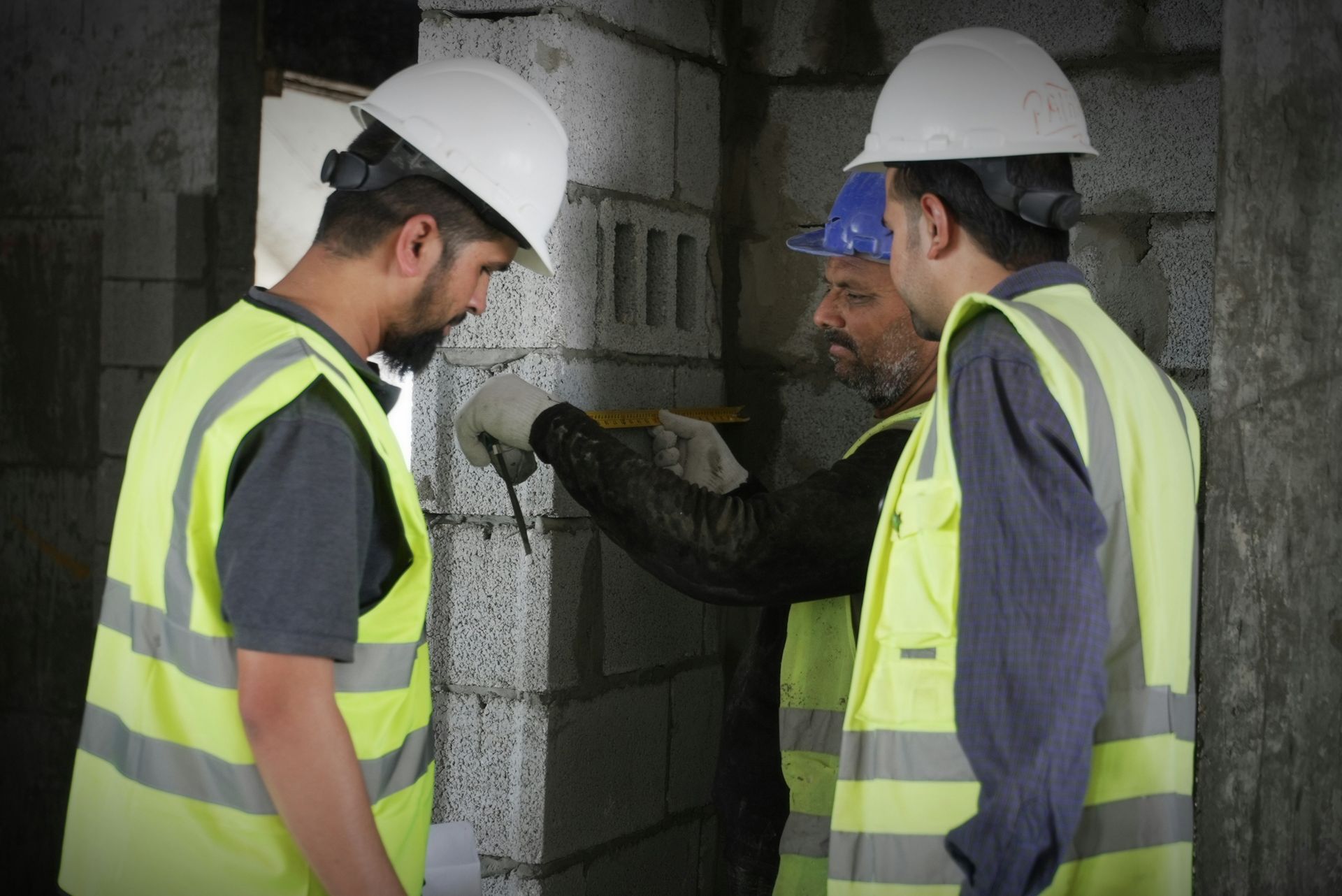
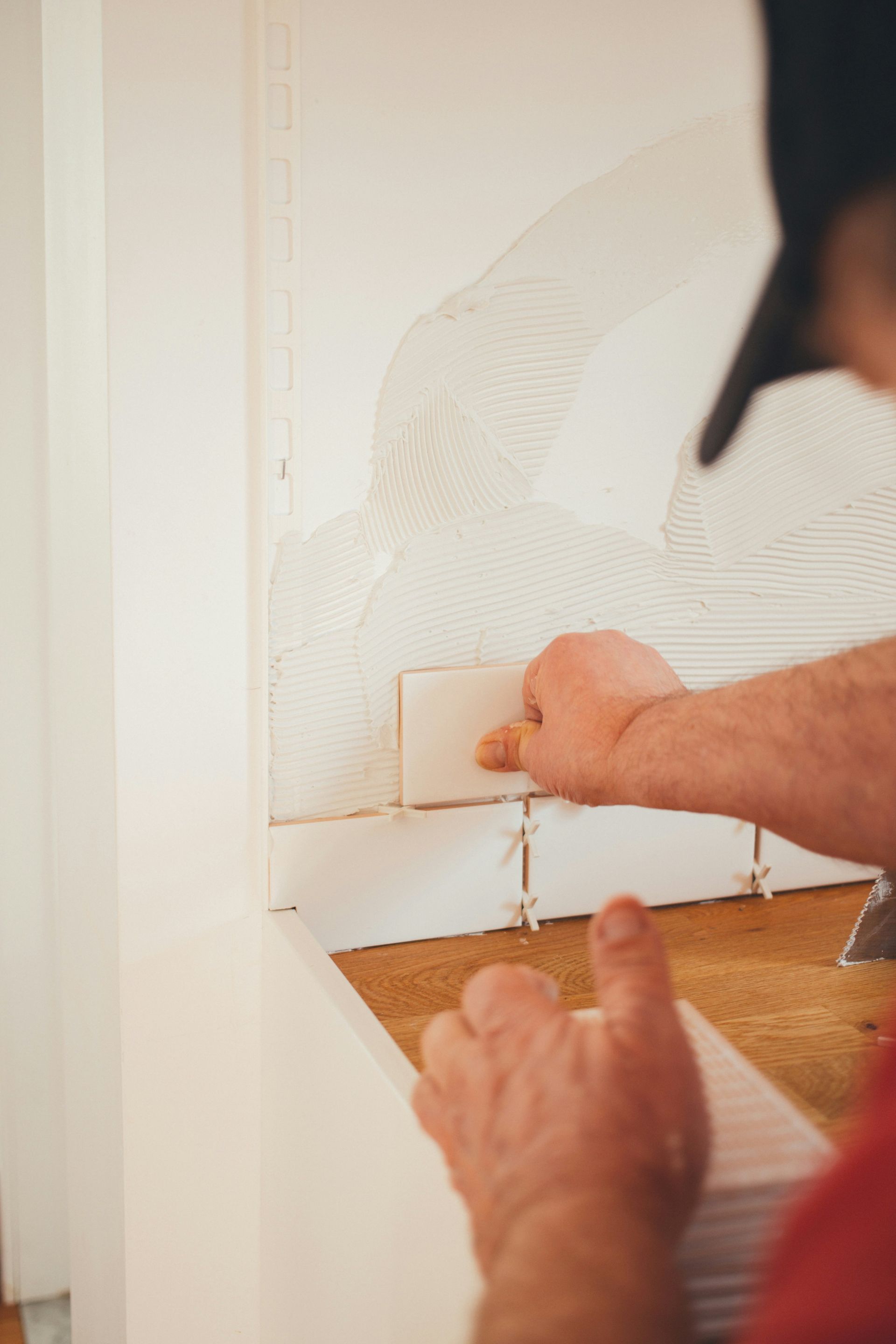

Share On: